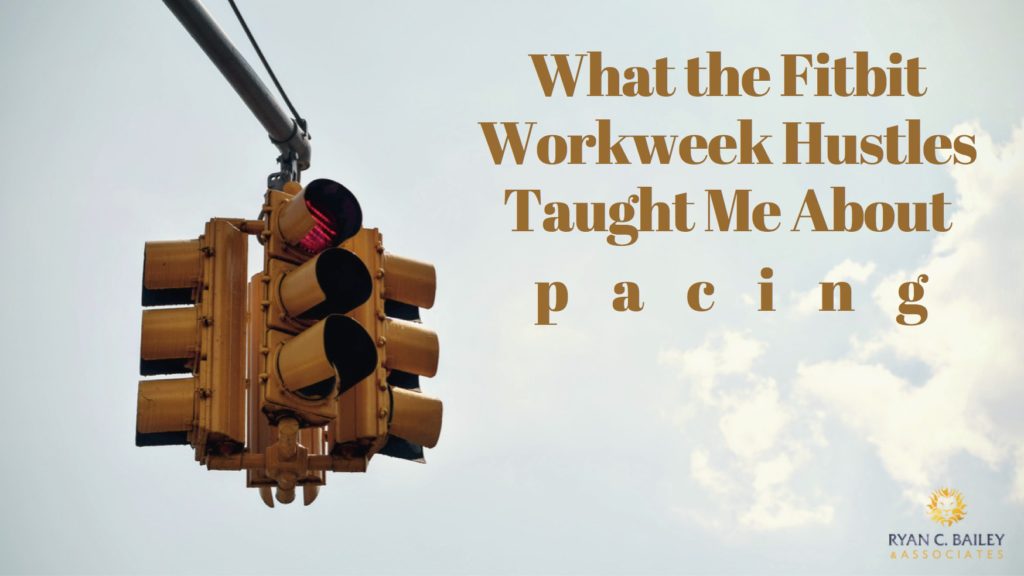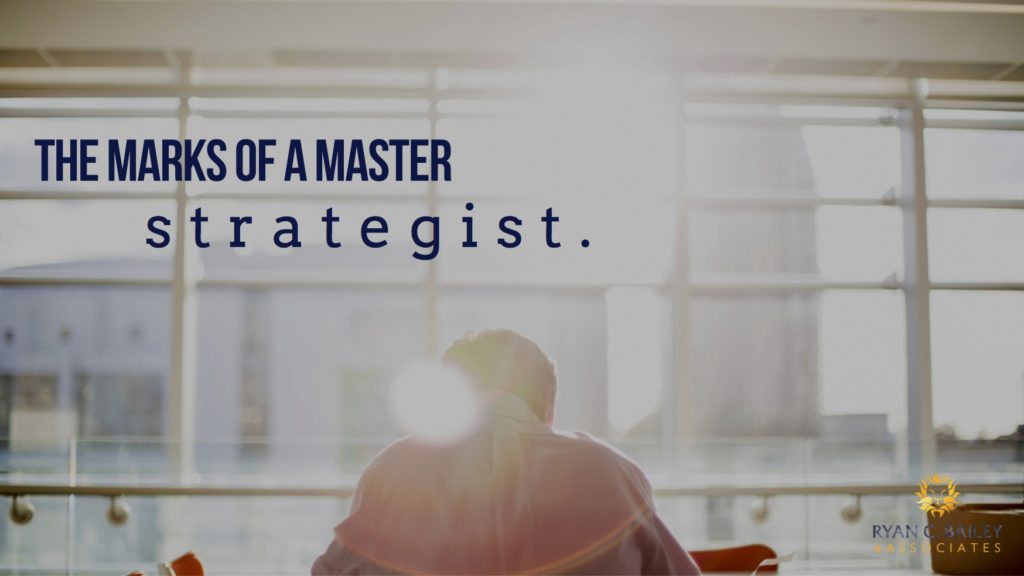It might be hard to make out from the photo, but this is a picture of my swollen foot and the red rash that covered my lower legs not too long ago.
In a previous blog, I related what I had learned about healthy competition through participating in Fitbit Workweek Hustles.
 I shared how I had rediscovered what a competitor I am. Given my schedule, I thought at first that it would be super hard to get to 10k steps per day. Then, thanks to the encouragement and example of my just-as-busy-friends, I started averaging 18k-21k steps per day.
I shared how I had rediscovered what a competitor I am. Given my schedule, I thought at first that it would be super hard to get to 10k steps per day. Then, thanks to the encouragement and example of my just-as-busy-friends, I started averaging 18k-21k steps per day.
I realized that when I did phone meetings, walking actually helped me focus more on my clients, and get to the heart of their concerns. That was a side benefit, but during the first couple of weeks, I did not win a Workweek Hustle. I marveled at how the winners could get over 100k steps in a five day span. I wanted to reach that mark, but doubted if I could.
Then it happened. I got into a deep competition with a friend in NY. We pushed each other hard throughout the week. Late at night on the last day of competition, we were both walking--she in NY, me in Atlanta. We reached 100k at about the same time.
Though I was tired, I kept moving. My socks were itchy, but never in a million years did I think I was doing to my foot what you see in the picture.
We both continued to walk until midnight, and I actually won. It was close, but I was thrilled to finally have won my first workweek hustle.
As I approached the front door of our house and slowed my pace, I could tell I was somewhat sore. But when I started going upstairs to our bedroom, the soreness really hit. My legs continued to itch, and when I took off my shoes and socks so I could shower, I could see that my feet were swollen, even though the light was dim. “Oh well,” I thought, “I’ll elevate them with pillows and sleep that way. I’ll be ok.”
But when I turned on the lights, I could see all the red splotches on my leg. I had no idea what they were, and I feared what it might mean.
After showering, I felt even more sore, so I got into bed. When my wife came upstairs, I asked her to check my legs. She gasped when she saw them, and it was one of those gasps of real concern. “I’ve pushed it too far,” I thought. “I’m really going to pay for it.” She looked at me as if I should have known better. And she was right.
I am an overweight 47-year-old man who had just resumed working out a couple of weeks earlier, and I had overdone it.
The next day, I had a doctor look at my legs and feet. The doctor said to keep them propped up, do light walking on the weekend, and then encouraged me to get back into the competitions. She assured me that I had not done any serious harm, and that I would be fine by Monday.
That weekend I took it easy--maybe did 7k steps the entire weekend.
When I got to the office on Monday, I showed my assistant the pictures of my leg and foot and she said, “I know a blog is coming about this one.”
That got me thinking.
I did not want to write a blog about a setback since I recently wrote a two-parter on it (1, 2). I wanted to write something that showed the lesson learned.
So, taking my cue from business, where there is a need to pace yourself and your team and go for the most critical wins, I worked on pacing myself and building up stamina.
Over the next two weeks, I stayed between 15k-18k steps. Then I built up to 25k steps and stayed there for a couple of weeks. Finally, I did 56k steps in a day.
Here is the kicker. I felt great after the 56k. Yes, tired. Yes, sore, but not that sore. I felt really great.
So what does all of this have to do with business?
Often in business, we can let our impulsiveness and desire to win do tremendous damage to ourselves, our team, and those we care about. We push ourselves hard to get results. But we don’t stop to ask ourselves: can our team and even ourselves handle the pace?
I started thinking about some of the more successful people I’ve worked with and the price they paid to achieve their success. Many of their key team members quit because, at the heart of it, they felt like they were being used. The leader cared more about the glory of the leader than about those who were working really hard to get them their glory.
As a leader, how are you handling the pace you are setting? How is your team handling the pace?
Sometimes we have to push ourselves to the limit to get a crucial win, but at quieter times, is there a way to change the scope of what you are trying to accomplish so that your team builds more and more stamina in their reach for the top?
How can you show your team that you love them enough to help them reach their potential at a pace that doesn’t break them?
Ultimately, pacing allows for a sustainable, steady high-performing team.
Chew On This:
- What is the right pace for you and your team right now?
Ryan C. Bailey is President and CEO of a company that equips business leaders to develop the teams that everyone wants to work with.


